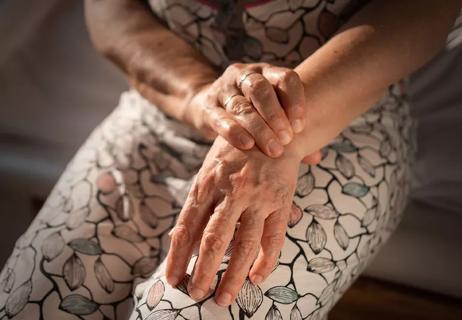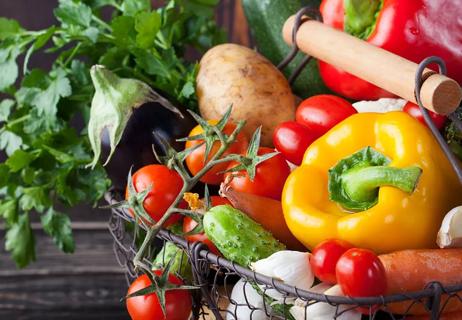Understanding your alternatives

If your arthritis treatment plan includes an oral nonsteroidal anti-inflammatory drug (NSAID), such as ibuprofen (Motrin®, Advil®) or naproxen (Aleve®), you may be concerned about the risks associated with these drugs.
Advertisement
Cleveland Clinic is a non-profit academic medical center. Advertising on our site helps support our mission. We do not endorse non-Cleveland Clinic products or services. Policy
“Systemic NSAIDs carry a risk of cardiovascular and kidney issues, stroke, bleeding and ulcers,” explains physiatrist Meredith Konya, MD. “The risk increases with the duration of treatment.”
If you have osteoarthritis in only a few joints, you may find pain relief in a safer form ― topical NSAIDs. “The risks are still there with topical application, but they are significantly reduced,” Dr. Konya says.
A topical medication is one that’s applied directly to the skin. In the case of arthritis, it goes on the skin over the painful joint. The drug penetrates the skin, enters the joint and reduces the pain signals in the joint.
The level of drug entering the bloodstream is much lower than when the NSAID is taken by mouth. For example, topical NSAIDs reduce the systemic exposure by almost 90 percent. This minimizes the risk of harmful side effects.
The topical NSAIDs available in the United States contain the drug diclofenac, and they require a prescription. Diclofenac is available in three topical formulations: gel, liquid and patch.
A review of several clinical studies, found that Voltaren gel is particularly effective. “In this review, 60 percent of patients got 50 percent relief with topical NSAIDs,” says Dr. Konya. This was similar to the pain relief from oral NSAIDs and better than the placebo.
Advertisement
Topical NSAIDs are usually very well-tolerated. However, approximately 1 in 20 people experience a mild, temporary skin reaction, such as rash, redness, dryness or itchiness.
The American College of Rheumatology and the Centers for Disease Control and Prevention both recommend topical NSAIDs as one of the initial treatments for arthritic pain.
“Topical NSAIDs are best for people with only a few painful joints,” says Dr. Konya. If you apply the NSAID to several joints you may exceed the recommended dosage and increase the risk of side effects. “Patients with arthritis in multiple joints are better off treated with an oral NSAID or acetaminophen unless there’s a medical reason they shouldn’t take them.”
Topical NSAIDs are particularly good for hand, knee or elbow arthritis. Because these joints are close to the surface of the skin they are more suited to topical treatment than deeper joints like the hip or shoulder.
“Topical NSAIDs should always be used with caution in people with known cardiovascular or kidney disease,” says Dr. Konya. You shouldn’t use topical NSAIDs if you have had asthma, hives or other allergic-type reactions after taking aspirin or other NSAIDs. Also, topical NSAIDs shouldn’t be used after open heart surgery, such as coronary artery bypass graft surgery.
Advertisement
Learn more about our editorial process.
Advertisement

Simple exercises like tendon glides and finger lifts can have a big impact

Research is inconclusive, so don’t stop eating tomatoes, potatoes and peppers just yet

From heating pads and ice to exercises and splints, find the relief that works for you

What’s the difference between these types of inflammatory arthritis?

The link between joint pain and skin rashes

What’s the difference between these types of arthritis?

Remember to start slow and if things don't improve, ask your doctor about more advanced solutions

Working out is one of the best things you can do to improve your symptoms

Type 2 diabetes isn’t inevitable with these dietary changes

Applying a hot or cold compress can help with pain